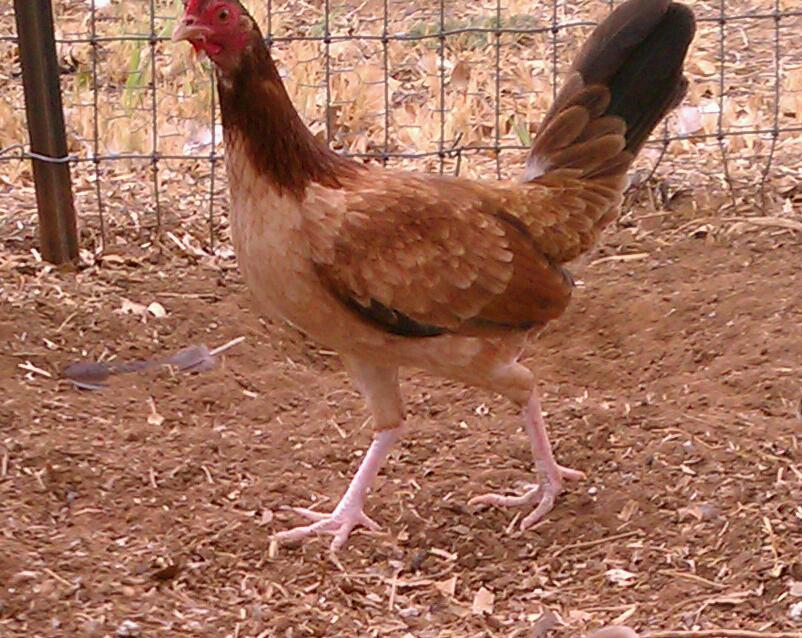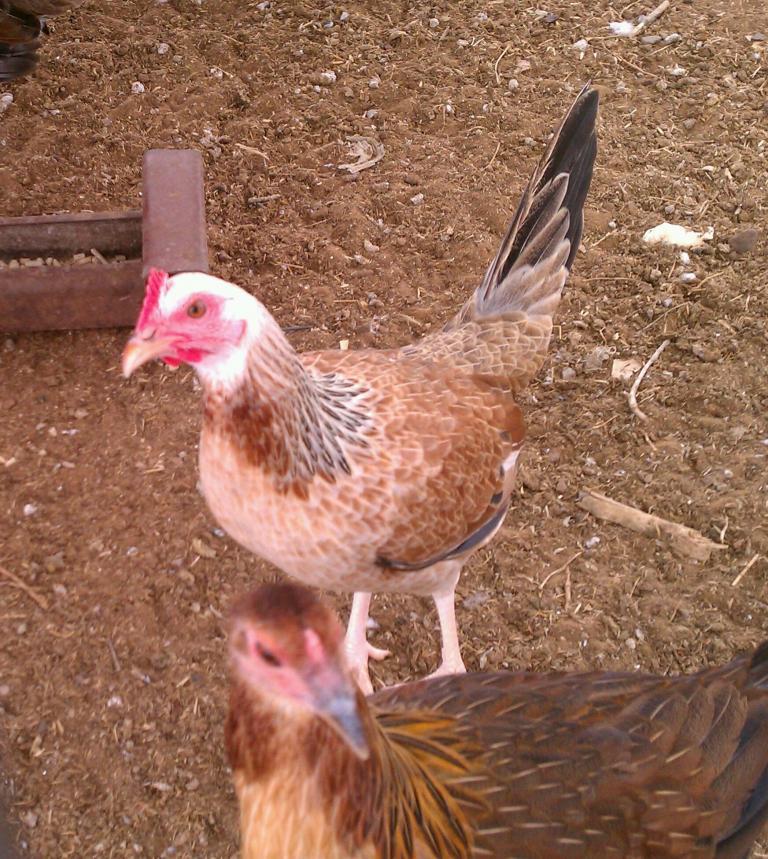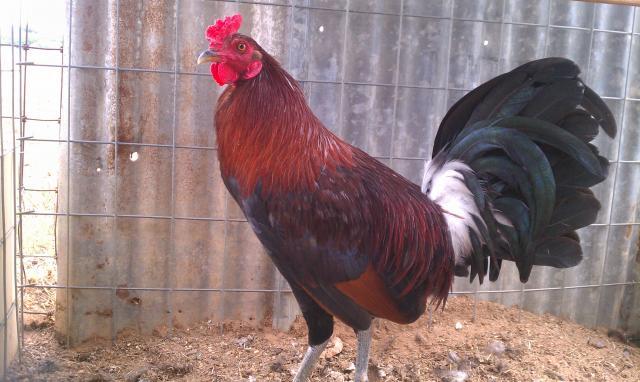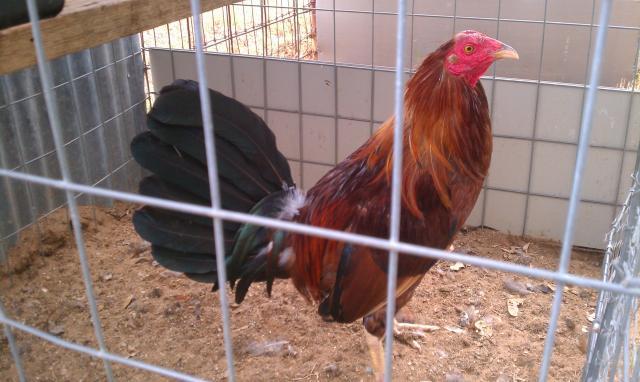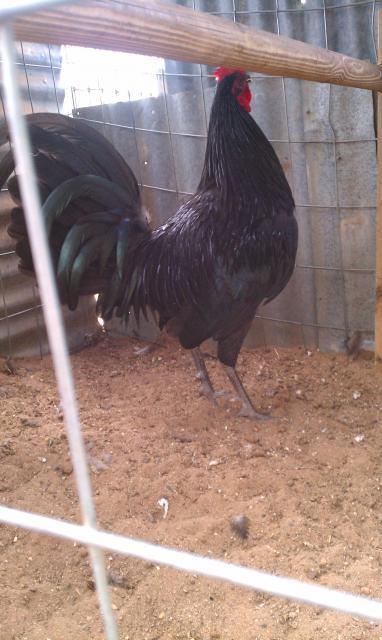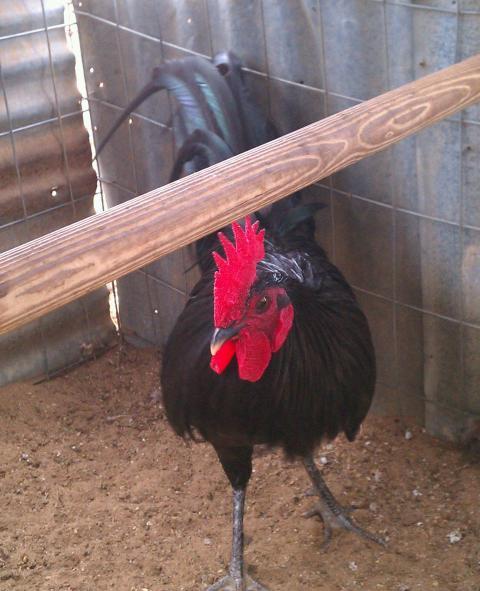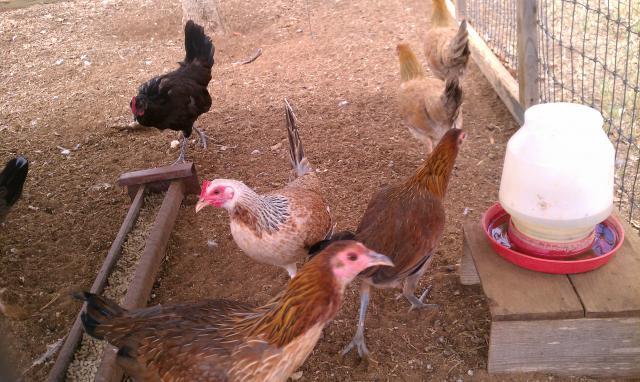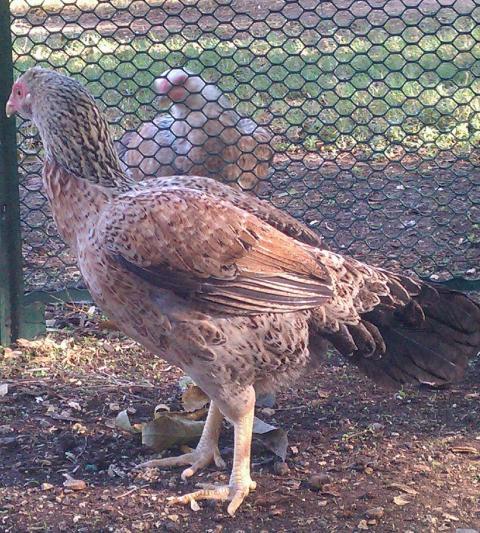Quote:
She's a beauty. What is she?
She's a
Rob Garza Dom pullet


She's a beauty. What is she?
She's a
Rob Garza Dom pullet


Last edited:
Follow along with the video below to see how to install our site as a web app on your home screen.
Note: This feature may not be available in some browsers.


